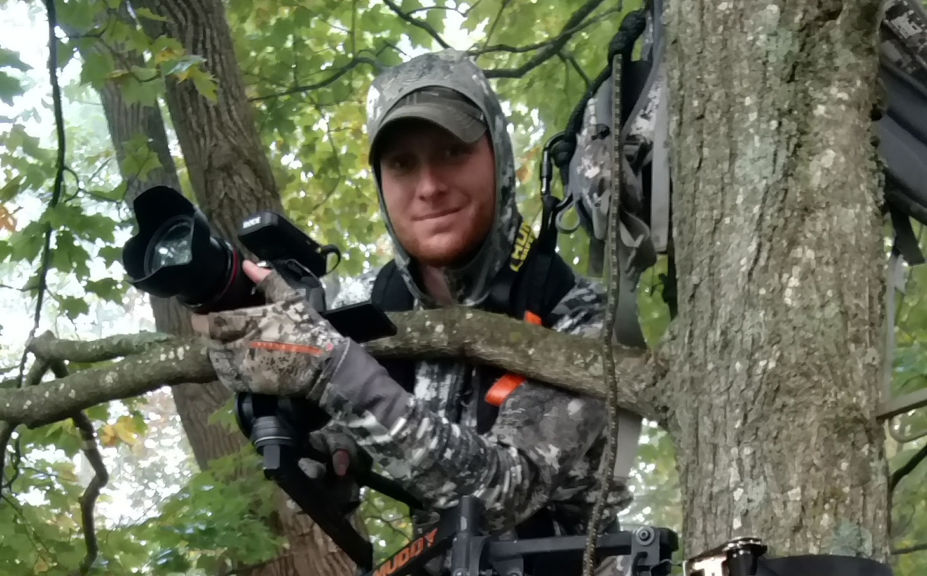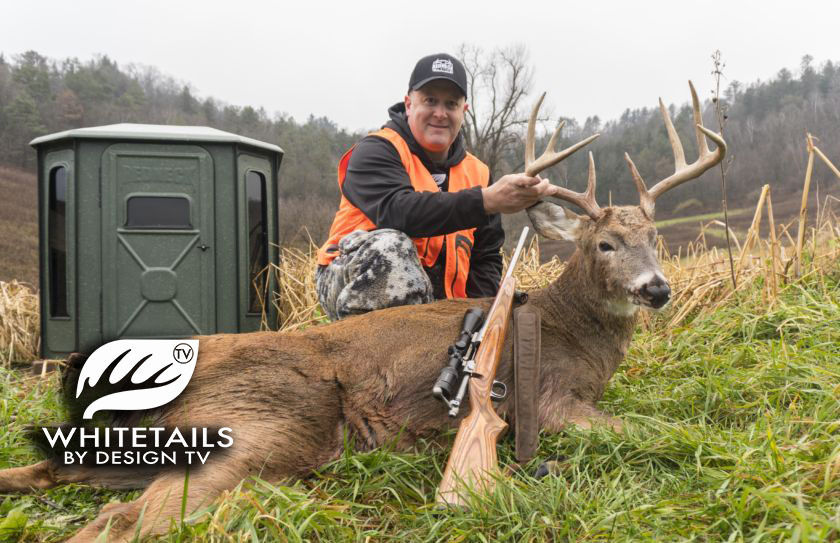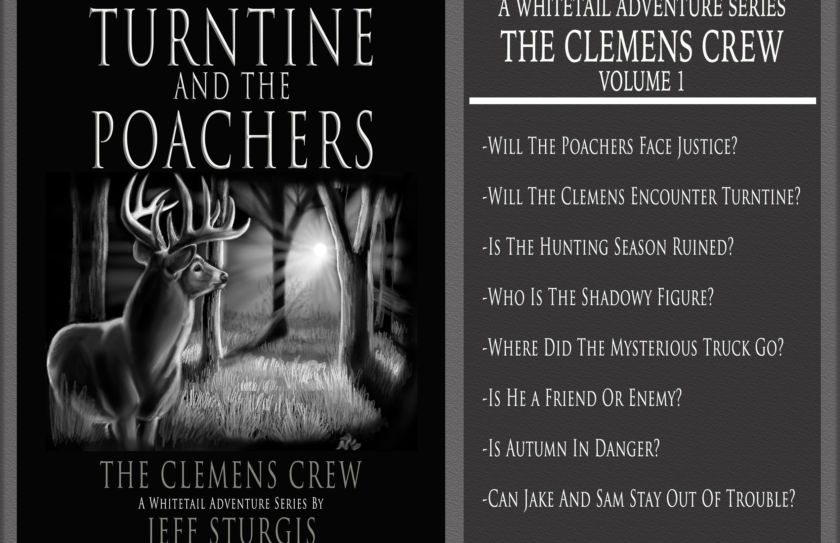Simplify Self Filming
The popularity of filming hunts has undoubtedly exploded in recent years. The rewards can be great, recording an unforgettable moment on film to replay over and over again is priceless. However, with the added gear and movement comes an inherent quarrel. Is capturing your kill on film worth the risk of potentially spooking your target? Know your goals. It is important to lay out your expectations, are you filming just to share the experience with your friends and family, or are you hoping to make it big in the outdoor industry? For the vast majority of hunters that film their experiences, quality is far less important than for those who intend to produce television quality videos. Keeping it simple can greatly reduce the risk of spooking the deer you intend to film, while still capturing the memories on camera.
Don’t Overwhelm Yourself
Contrary to popular belief, successfully filming your hunt does not require you to spend thousands of dollars on gadgets and equipment. If you’re just getting started, I highly recommend that you keep it simple. Video cameras vary greatly in both quality and price. It still rings true that you get what you pay for, but you will find that even the simplest of modern day cameras produce impressive images. I frequently talk with hunters that want to begin filming their hunts and one of the first questions they ask, is what I film with and how much the entire setup costs. Unfortunately for many of these hunters, the gear I typically use would overwhelm them in a heartbeat. So I suggest that they use something that they can both afford and operate. If you’re happy with the footage an action camera produces, I would highly recommend that you use one! They are extremely simple and affordable, many of which will actually mount to your bow or gun, so there is an extremely low risk of them spooking deer. Unfortunately for many including myself, action cameras just don’t cut it. They are extremely limiting because of their inability to zoom, manual focus, or record quality audio. There are tons of options when it comes to equipment. If you’re looking to up the quality, just know that you will inevitably up the cost and challenge of operating your setup. Video cameras and DSLR’s are both great options for different reasons, but both require a tree arm or bracket for mounting and ideally swing and pivot with stability to capture every angle. Video Cameras are often affordable and easy to operate, while DSLR’s offer better quality, they are a bit more complicated.
Quality Vs. Success
When you head to the woods to film, what are your goals? What are you willing to do to film your hunt? Would you pass on a buck if you could not get the shot on film? This past fall was my first season filming with Whitetail Habitat Solutions. It has certainly been a learning experience; my style of filming changes drastically when I’m in the woods with Jeff. He has made his priorities well known.
1. Don’t Spook the Deer
2. Shoot the deer
3. Film the deer
These priorities have influenced me to become a minimalist when filming hunts with Jeff. The list of equipment I use and take to the woods has diminished. No backpacks, clips or ratchets are allowed. A camera arm and spare battery are all the extras that make the cut. My style of filming has also changed; when I’m in the tree with Jeff, I spend far less time tinkering with B roll shots, and focus on the meat and potatoes. Movements are kept slow and determined to reduce the risk of being spotted. While filming for WHS, I use a mirrorless Sony A6300 equipped with a Sony 24-240mm lens and a RodeLink wireless microphone system. This is a relatively small package, that produces surprisingly impressive video and audio quality. It is capable of recording 4k footage, super slow motion and can zoom to over 10x. It is relatively easy to use, but I would not recommend it for self filming! For Jeff, hunting success trumps video quality, no questions asked. For the self filmers out there that are eager to reduce the risk of spooking deer while still getting the experience on camera, I would recommend that you find a camera that does a lot of the work for you. Video cameras typically offer motorized zoom, auto focus, and decent audio recording. When Jeff films his himself or his sons, he uses a Canon G30 with a shotgun mic. This setup is user friendly with auto focus and has good power zoom.

Conclusion
I got into filming hunts 3 years ago as a hobby. That hobby quickly evolved into a passion and more recently, a full time gig. As a videographer, you learn very quickly what works, and what doesn’t. Doubling the movement in a treestand above a weary whitetail is certainly a challenge, but it is a tough feeling to beat when it all comes together. The equipment I’ve used has changed drastically in those 3 short years, but fortunately, cots have actually gone down! It’s becoming easier and more affordable to capture your experiences in the woods, so why wait? If you play your cards right, don’t overwhelm yourself, and exorcise caution with your movements, you can capture your most exciting experiences on film.
By Dylan Lenz


